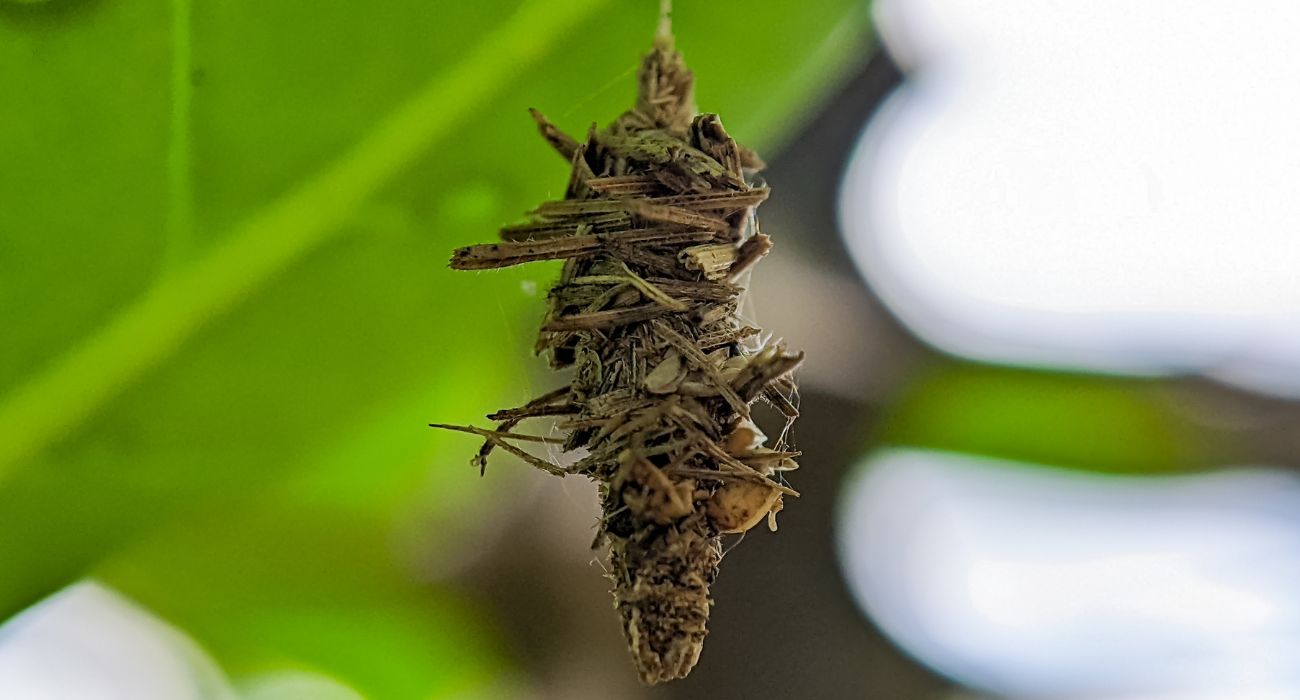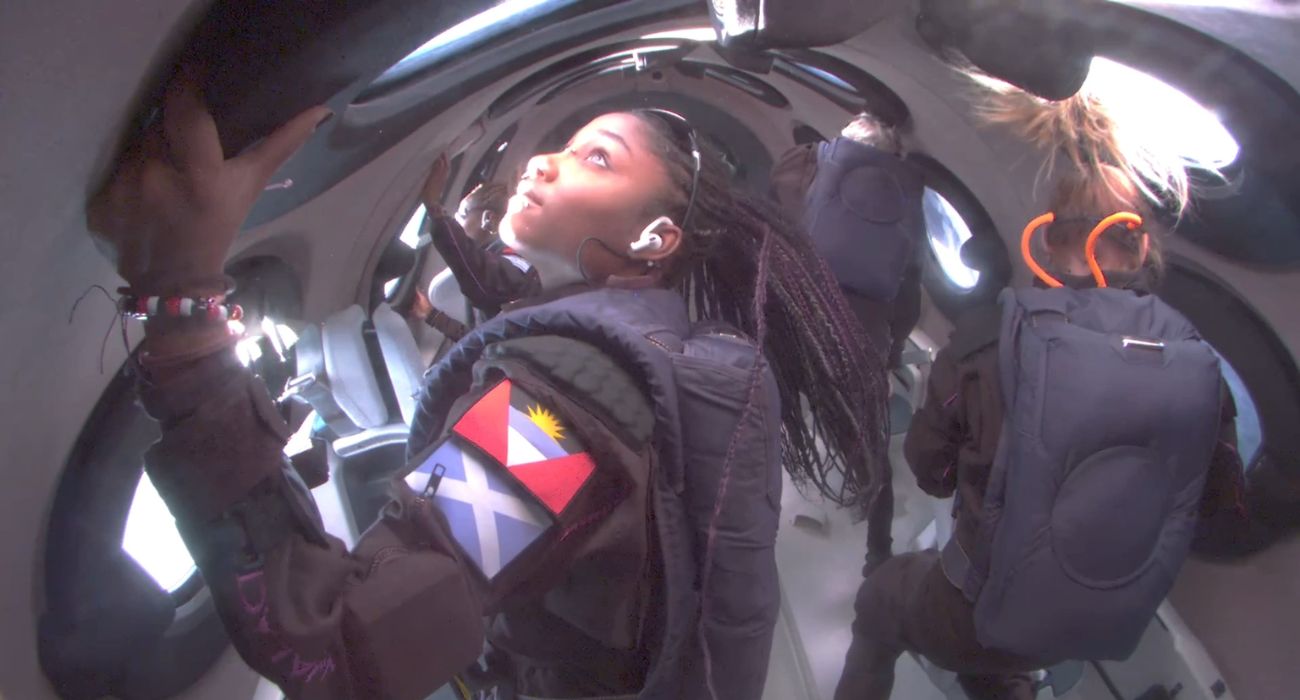Tens of thousands of plant and animal species call the Lone Star State home, including some really weird-looking ones.
One especially peculiar dangling creature was recently spotted by Texas Nature Trackers (TNT), a citizen science group affiliated with the Texas Parks and Wildlife Department (TPWD).
A video posted to the group’s Facebook page under the headline “mystery critter of the week” showed some kind of caterpillar emerging from a larva hanging from a tree.
“Found dangling in the air on a single thread of webbing, this case housed some kind of larvae — it reminded us of a bagworm case, but what do you think?” TNT’s post read.
“Tiny UFO?” commented TPWD in a reposting of the video.
Initial guesses from users ranged from the outlandish — such as an “outer space monster” or a “Worm ice cream cone” — to the cultural — such as “a Pokémon” or “a miniature of Jeff Dunham’s puppet, Jalapeño.”
Other attempts were more grounded, with suggestions that it is a bagworm being more prominent.
“Bagworm. They liked our junipers when I was a kid,” said one user.
“Bagworm moth […] destructive against vegetation, super annoying little buggers. Have millions in our trees and have destroyed some of our bushes & our tree,” wrote another user.
Lerrin Johnson, a spokesperson from TPWD, told Chron that while bagworm infestations can be problematic, the species plays an important role in the ecosystem.
“Bagworms can be destructive to some ornamental trees, in particular, but in the wild they become important food sources for other animals, particularly songbirds,” Johnson explained.
Yet Johnson couldn’t confirm with complete certainty that the dangling insect was a bagworm. If so, it was rather young.
The caterpillar forms a protective casing composed of silk and bits of plant material. This bag becomes essential in their life cycle.
Larger females anchor their bags to stems, waiting for the winged males to find and mate with them, according to Johnson. Interestingly, while males fly using their feather-like antennae to track females by scent, the females remain wingless and legless, staying in their bags.
After mating, females deposit their eggs in the bag and die, dropping to the ground. When the new generation hatches, the cycle starts anew.
Another strange find in Texas that caused quite a stir on social media was a wormlike, bristled critter spotted on Galveston’s East Beach in May. As reported in The Dallas Express, TPWD identified it as a bristle worm, a venomous aquatic worm.






